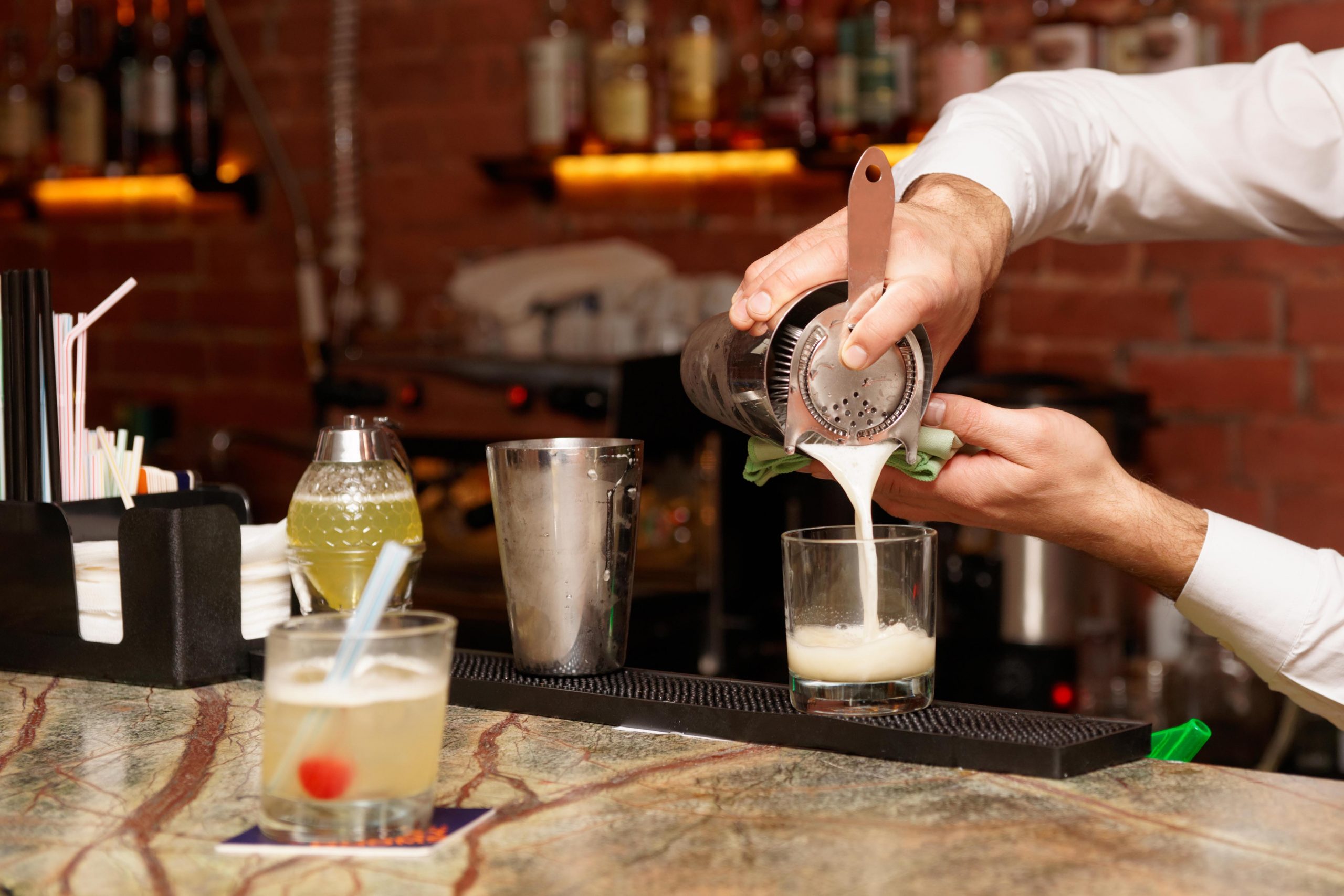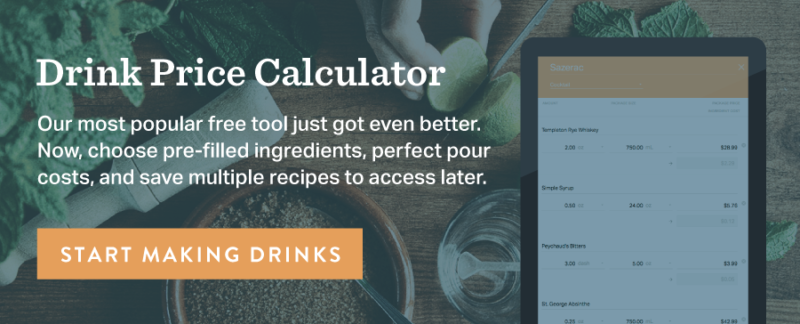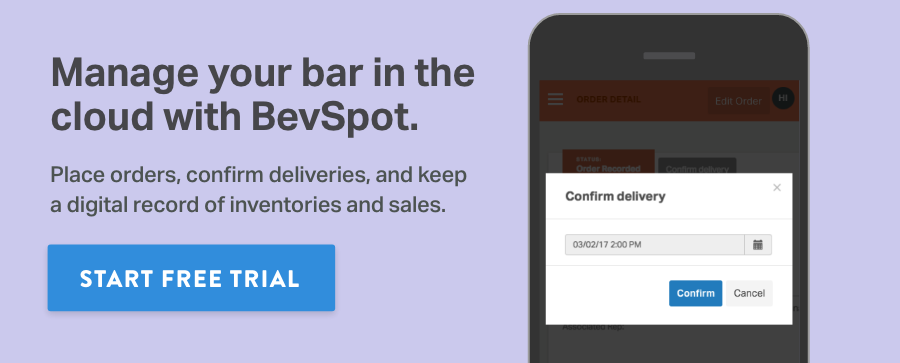


And, as a bar manager or beverage director, you probably know what these metrics mean, how to calculate them and the industry’s averages. But, understanding why these bar management calculations matter, and the impact they can have on your bar, is just as important.
When time is valuable, calculating and examining the numbers can be tedious. But tracking and understanding your pour cost, variance and sitting inventory is crucial for results.
Let’s take a closer look at why.
Pour cost is a critical number for understanding the overall profitability of your bar. By calculating and interpreting this percentage, you can reveal inefficiencies in the management of your beverage program.
Pour cost is influenced by three things: drink costs, drink prices and product loss. If you calculate your pour cost and realize it’s above the industry standard of 20%, you can dig deeper to discover what’s driving up your beverage costs. Once you determine if it’s due to inaccurate pouring, poorly-priced ingredients or bar theft, you’ll be able to take actionable steps to reduce it.
Although occasionally over-pouring a cocktail ingredient or mispricing a drink by a dollar might not seem like a big deal, these instances can add up to create a much larger problem. By keeping tabs on your pour cost and working to reduce inefficiencies, you can save a great deal of money each year. In fact, on $500,000 in beverage sales, every 1% reduction in pour cost is an extra $5,000 back in your pocket, every year.

Variance is one of the biggest detractors from a beverage program’s profitability. It represents how much product you lost before you had a chance to sell it.
If no steps are taken to reduce it, variance can drastically reduce your bar’s profits. Computing and interpreting your variance number is essential if you want to make strategic decisions to overcome problems like over-pouring, miscounting and theft before they cut into profits too significantly.
Keep in mind, your variance also directly increases your pour cost. After you’ve calculated your anticipated shrinkage, you can factor it into your pour cost to ensure you have a cushion.
Reducing your sitting inventory can free up cash, reduce inventory time and decrease your shrinkage.
If you funnel a lot of cash into excess inventory, you’ll decrease your available funds for other important expenses, like payroll and rent. In addition to tying up costs, surplus inventory can crowd your storage rooms and take forever to count, making it difficult to track your usage and taking time away from other important activities (like interacting with customers). More product also means increased opportunities for theft and breakage, which can significantly drive up your beverage costs.
It’s easy to overlook your sitting inventory as profitable products waiting to be sold. To run a successful establishment, make sure you’re considering its effects on your available funds, valuable time and risk of product loss.
We all know the importance of these numbers, and making sure you’re calculating and interpreting them on a regular basis is crucial. This way, you can immediately reveal inefficiencies in your beverage program and quickly address them before they cut into your profits.
Want to stay on top of these numbers without the constant work? BevSpot can give you all the data behind your bar while calculating and analyzing the numbers for you. See how it works—schedule a chat with one of our product specialists.

Schedule 15mins to chat with a product specialist
Start a FREE Trial Today! BevSpot offers full product education and account setup for all customers! No card Information needed!
